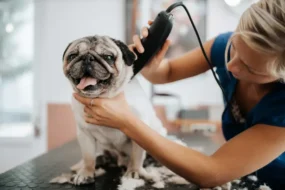
If you’ve got a pet in the house, probably nothing else worries you more than seeing it out of sorts. Of the many things that may afflict pets out there, one of the most alarming is pet allergies.
Does your fluffy child keep obsessively itching or licking irritated red skin? Are there suddenly rashes popping up out of nowhere? As pet parents, you obviously want to help your four-legged kids get more comfortable in their own fur when irritants attack.
But how exactly do you tell a seasonal skin flare up from something more serious needing the vet’s attention? And what home care tips actually work to ease allergic woes?
I’m here to break down the basics. Consider this your 101 intro to recognizing and managing Fluffy’s allergic reactions at home – plus knowing when to call in the medical troops.
- 1. Persistent Itching or Scratching
- 2. Skin Redness or Inflammation
- 3. Excessive Licking or Biting of the Skin
- 4. Hair Loss or Bald Patches
- 5. Recurrent Ear Infections
- 6. Respiratory Symptoms
- 7. Chronic Diarrhea or Vomiting
- 8. Swelling of Face or Paws
- 9. Changes in Behavior
- 10. Allergic Reactions to Flea-Treatment Products
- 11. No Improvement with Over-The-Counter Remedies
1. Persistent Itching or Scratching

If you notice your pet’s constantly itching or scratching themselves more than usual, it’s like they’re trying to tell you something’s up. This incessant scratching could very well be their way of dealing with the discomfort caused by an allergic reaction.
It’s not just a little itch; it can be quite bothersome for them, leading to skin damage or even infections if it’s not checked out. So, if you see your pet turning into a bit of a scratchaholic, it’s a good cue to think, “Hmm, maybe it’s time to consider veterinary care.”
And if indeed it’s time, you’ve got experts just a call away. Reach out for a helping hand to solve your pet’s allergy crisis.
2. Skin Redness or Inflammation
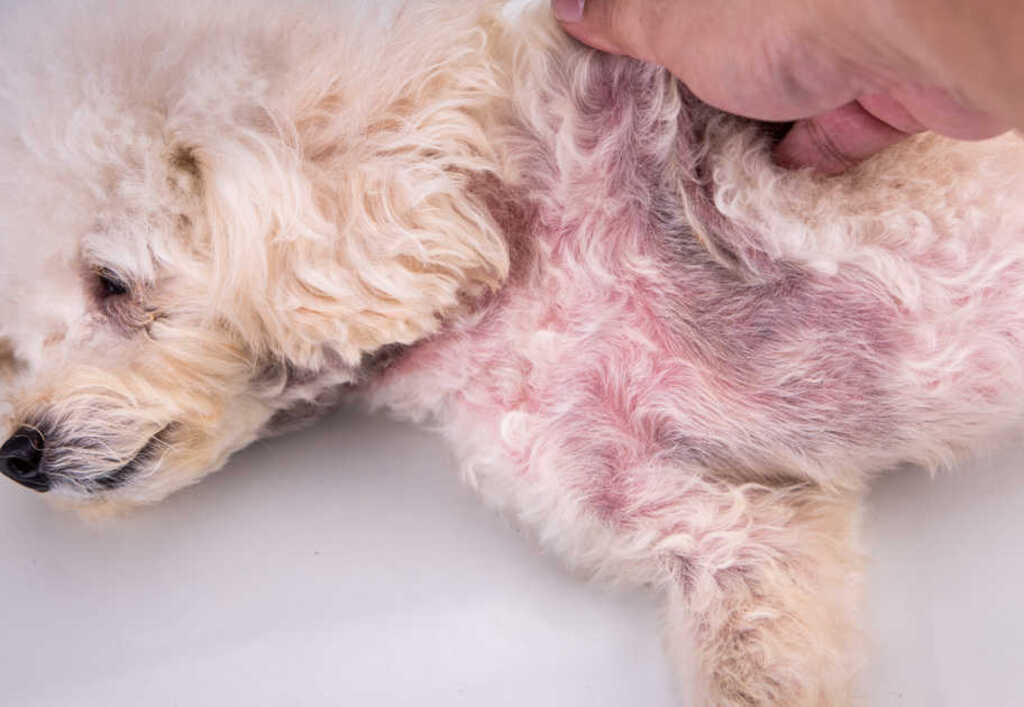
If you spot areas of redness, rashes, or swollen spots on your pet’s skin, it’s quite likely they’re dealing with an allergic reaction.
It’s not always obvious, especially with furry pets, but if you see them over-grooming a particular spot or if you notice their skin looks angry and irritated during bath time or grooming, that’s a red flag.
These skin changes can often indicate that something’s not right, allergy-wise. When they have these skin irritations, it’s not only uncomfortable but can also lead to more serious issues if not treated.
So, if your pet is showing signs of skin distress, a vet visit is in order to get to the bottom of it and help them feel better.
3. Excessive Licking or Biting of the Skin

When pets have allergies, their skin can get super itchy, and they don’t really have many ways to deal with it. So, what do they do? They lick or bite at their skin. A lot. It’s like their way of trying to soothe the itchiness.
But here’s the thing: while it might give them temporary relief, it can actually make things worse by causing skin irritation or even infections. So, if you notice your pet is constantly nibbling or licking at their skin, it could be their way of telling you that something’s up with allergies.
4. Hair Loss or Bald Patches

Allergies can lead to hair loss, which isn’t just a cosmetic issue. If you start seeing more of your pet’s skin than usual or notice bald spots, it’s a pretty strong sign that their body is reacting to something it doesn’t like.
This could be due to food allergies, environmental allergens, or even reactions to flea bites. This is one of the things you should keep an eye out for so that you can alleviate your pet’s suffering soonest possible.
5. Recurrent Ear Infections

For dogs, it’s often their ears that bear the brunt. If your pooch is constantly shaking their head, scratching at their ears, or if you notice a strange smell coming from their ears, it could be an ear infection.
Now, here’s the thing: while ear infections can be a standalone issue, they often hint at something larger, like an underlying allergy. This could be a reaction to all sorts of things – environmental allergens like pollen, dust mites, or even certain foods.
These infections are not just a minor nuisance; they can be pretty uncomfortable or even painful for your furry friend. Regular cleaning may help, but if the issue persists, a visit to the vet can help.
They can run tests to pinpoint the allergy, suggest dietary changes if it’s food-related, or recommend specific treatments to provide relief and prevent future episodes.
6. Respiratory Symptoms
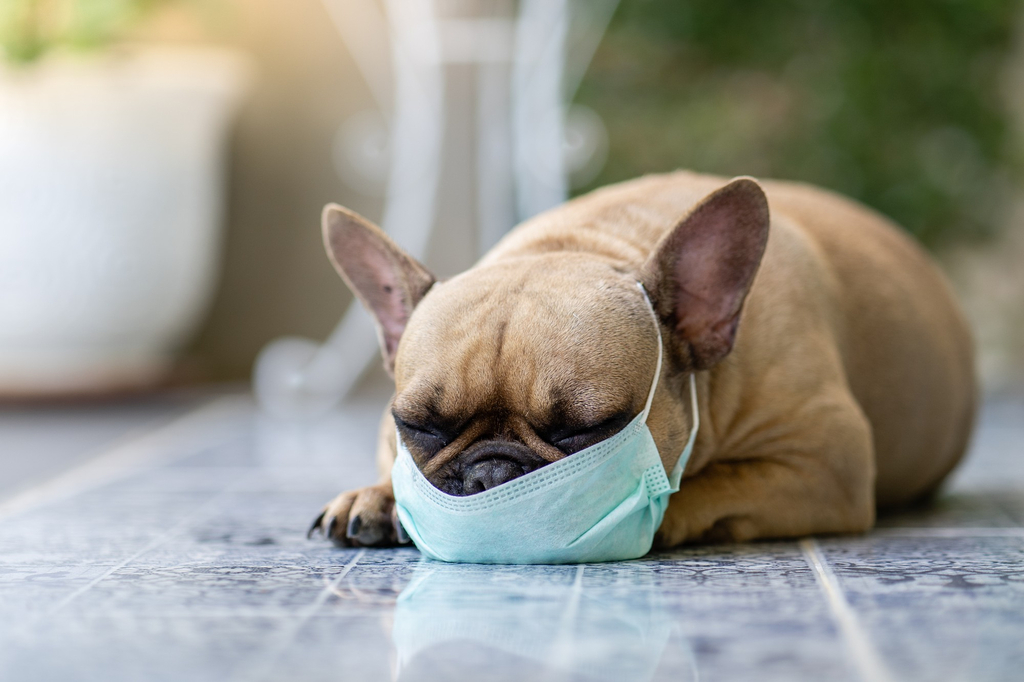
If you notice your cat coughing more than usual, wheezing (which sounds like a bit of a whistle when they breathe), or seeming to struggle for breath, it’s a red flag.
These symptoms could be telling you that your cat might be reacting to allergens like pollen, dust, or even certain sprays you use at home. It’s important to keep an eye on this because, just like us, if they can’t breathe well, it’s serious business that may necessitate a visit to the vet.
7. Chronic Diarrhea or Vomiting
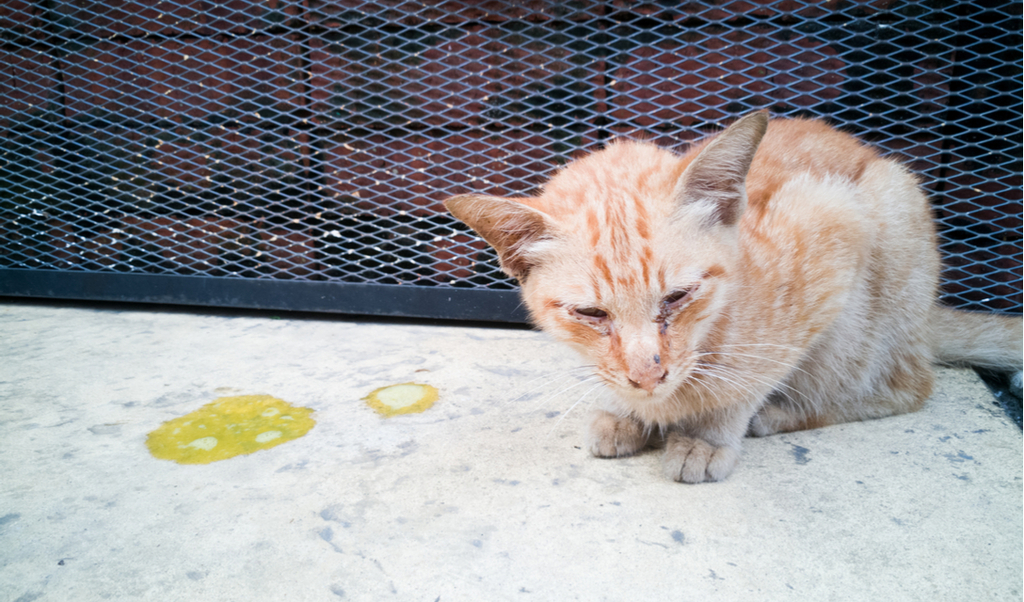
This one’s a bit tricky and, honestly, quite messy. Both dogs and cats can have this issue. When your pet has diarrhea or keeps throwing up, you might be dealing with food allergies.
Pets can have sensitivities to certain ingredients in their food too. It’s not just about what they eat, but also how their bodies react to it. Sometimes, it could be a specific protein like chicken or beef, or it could be something else in their diet.
If these symptoms keep up, it’s not just uncomfortable for them (and a bit of a hassle for you), but it can also lead to more serious health issues like dehydration or nutrient deficiencies.
So, if Spot or Whiskers keeps having tummy troubles, it’s worth talking to the vet. They might need a diet change or some special treatment to get their tummy back on track.
8. Swelling of Face or Paws

Imagine waking up one morning and noticing your pet’s face or paws are all puffed up. It’s pretty startling, right? This kind of swelling, especially if it’s out of the blue, can definitely ring some alarm bells.
This swelling can happen due to an allergic reaction to something they’ve eaten, touched, or maybe even inhaled. So, if your furry friend is suddenly looking a bit like a balloon, it’s a good idea to get that checked out. You don’t want to ignore it, because, in some cases, it can be pretty serious, especially if it’s an anaphylactic reaction.
The thing about anaphylactic reactions is that they can escalate rapidly. One moment, your pet might seem a bit off, and the next, they could be in a critical situation. That’s why it’s so important to act swiftly. If you ever suspect an anaphylactic reaction in your pet – say, after a new medication, a bee sting, or exposure to a known allergen – it’s a race against the clock to get veterinary help.
Vets can administer treatments like epinephrine, antihistamines, and steroids to counteract the reaction, but time is of the essence.
9. Changes in Behavior

You know your pet better than anyone else, right? So, when they start acting differently, you’re likely the first to notice. Maybe your usually playful pup is now more like a couch potato, or your cuddly cat is suddenly Mr. Grumpy.
These behavior changes, like getting irritable or just seeming out of sorts, can be a pet’s way of saying, “I’m not feeling great.” When they’re itchy or just generally uncomfortable, they might not be their usual selves.
They could be lethargic because they’re not sleeping well due to the discomfort, or irritable because, well, being itchy all the time can make anyone a bit cranky.
10. Allergic Reactions to Flea-Treatment Products
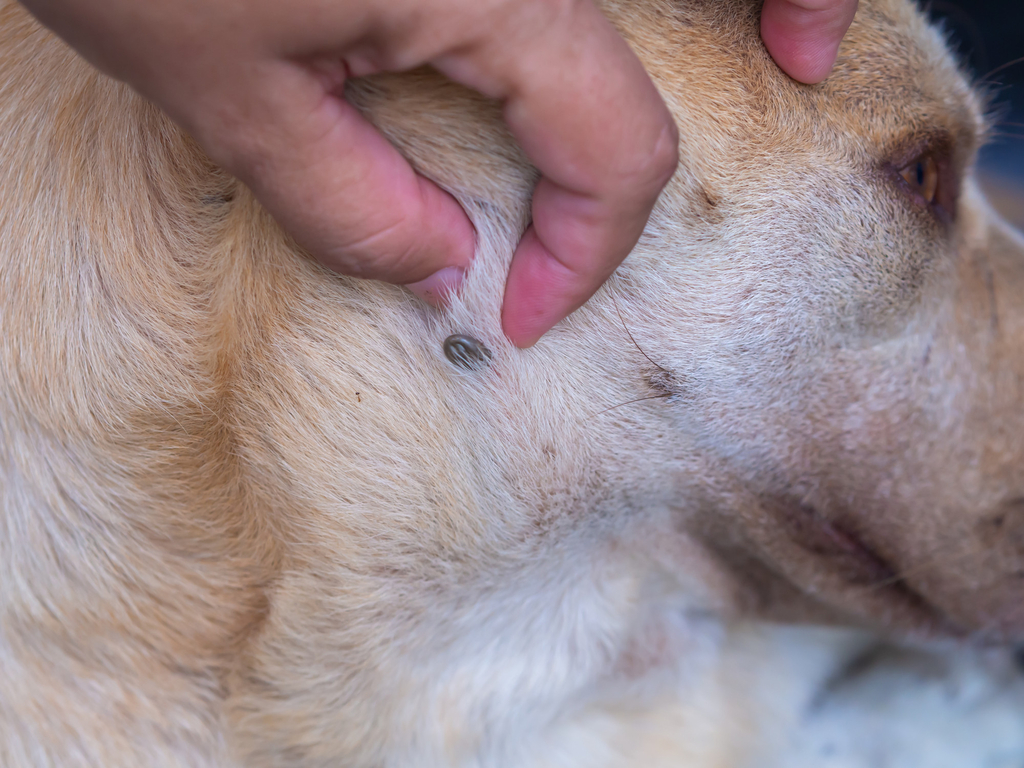
First up, allergic reactions to flea-treatment products. It’s pretty common for us pet owners to grab flea treatments, thinking we’re doing our furry friends a favor, right? But sometimes, our pets might actually be allergic to these products.
Imagine you’ve just applied a flea treatment and then notice your pet starting to drool more than a starving cartoon character or getting agitated. These could be telltale signs of an allergic reaction to the flea product.
It’s not just about the drooling and restlessness, though. You might also notice symptoms like skin irritation, swelling, or even respiratory distress. In such cases, it’s crucial to wash off the product immediately and get your pet to the vet. Better safe than sorry!
11. No Improvement with Over-The-Counter Remedies
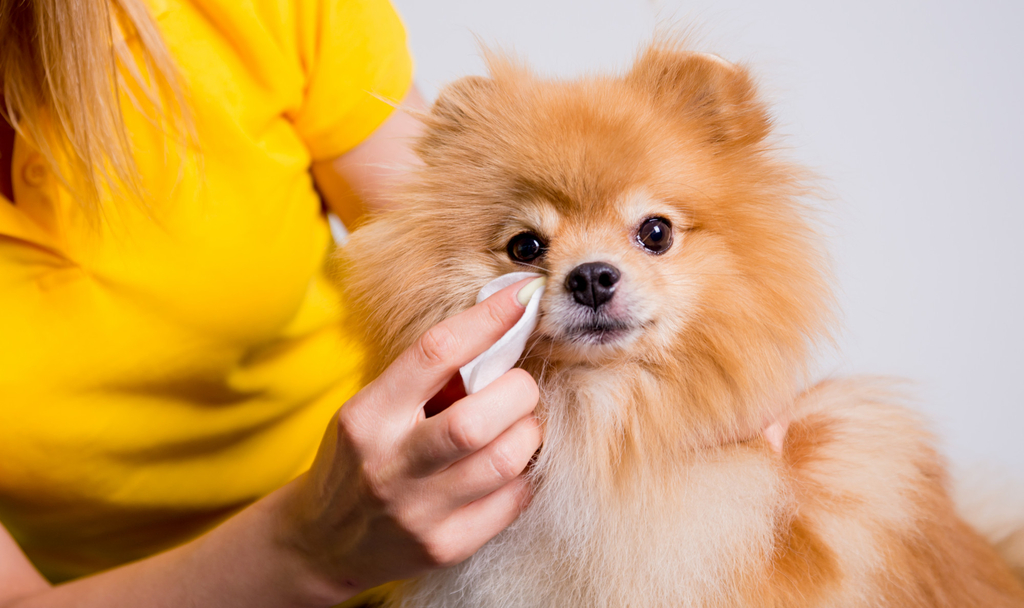
We’ve all been there, right? Your pet starts showing some allergy symptoms, so you dash to the pet store or pharmacy to grab some over-the-counter meds. You’re thinking, “This will fix them up in no time!”
But what if that sweet OTC anti-itch relief barely makes a dent after a few days? Or your pup’s random sneeze attacks crank up big time in frequency AND snot level intensity? This situation definitely calls for a vet visit.
Over-the-counter remedies can be great for minor issues, but if the symptoms persist or worsen, it could mean the allergy is more serious than you thought, or it might not even be an allergy at all. Getting a professional’s opinion ensures your pet gets the right treatment and relief as soon as possible
In Closing
Well, now you know exactly how to spot allergy red flags in your fur babies and handle home treatment like a pro.
We’ve covered all the basics in this guide, so, reference the checklist whenever your see your pup or kitty acting off! And when you feel in over your head? Call the vet. They can make a huge difference.
In Case You Missed It!









